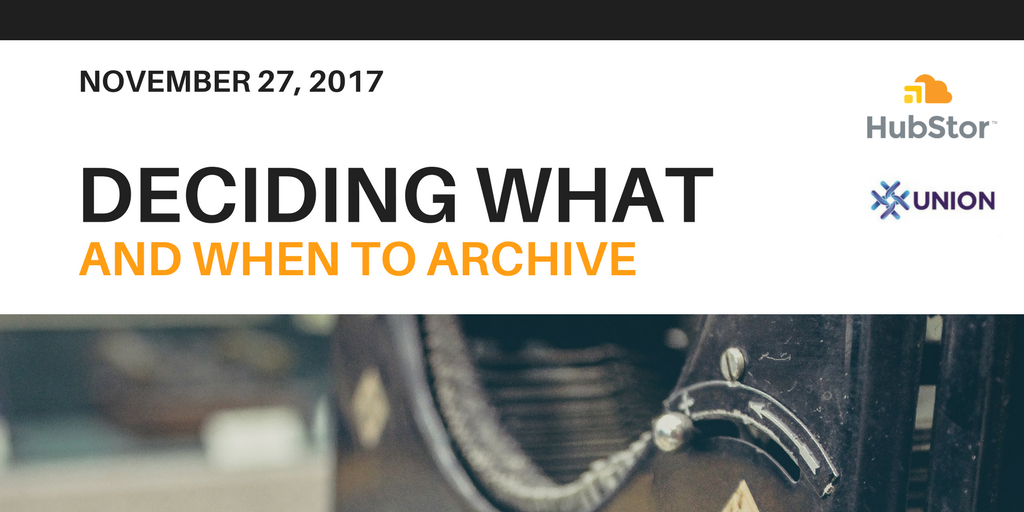One of the hottest trends in IT is the implementation of a hybrid cloud model: The spread of multiple deployment models across on-premise, private and public cloud platforms.
More than half of all organizations surveyed in Forrester’s Business Technographics® Global Infrastructure Survey, 2015, have adopted and are using multiple cloud environments — either public, hosted private, or internal private.
Forward-looking IT leaders have recognized that hybrid cloud is the right balance – a model for supporting legacy solutions, compliance and a host of issues that often keep a portion of IT anchored on-premise, as well as benefiting from the flexibility, agility and scalability that public cloud services provide.
Blending the advantages of both public and private clouds offers organizations cost-efficiency, security, improved performance, risk management and speed – all while supporting a culture of innovation.
In the hybrid world, there are a number of important questions to consider:
- What do you need to archive?
- How often will archived content need to be accessed?
- Who can access it?
- How will you handle the GDPR right to be forgotten with archived data?
- Are you cost-effectively archiving data?
These are just a few questions that stand out and where many organizations need help.
As you adopt a hybrid cloud strategy, it’s important to relocate data that is no longer being modified or accessed from expensive storage. Moving data automatically to a scalable, low cost, self-protecting, object storage service will keep your on-premises infrastructure lean and mean while your off-premises, secondary storage can provide durable, long-term retention with a strong compliance posture for the GDPR.
Further, consider moving all other persistent data in an encrypted format to a more cost-effective archive storage tier where it remains accessible to users. Ensure the archive has simple, robust search capability for all data and metadata stored, and can be accessed as an active or inactive archive where it is discovered directly from the object store using a portal.
Active data should remain close to the users accessing it, protected using conventional backup and disaster recovery replication.
The cost per GB of storage is the most publicized comparative for cloud archive services, but data transit costs into and out of the cloud are the hidden surprise. Look for archiving solutions that include resilient VPLS networking to enable cost-effective, predictable transit of data to object stores. Ensure that the object store technology can scale to your needs whether that’s thousands, millions or even billions of files. You should be looking for cloud archive economies that can reduce your infrastructure costs by up to 75%.
Your data archiving should be protected by a policy engine that can archive data based on a policy or attribute e.g. anything not opened within the last 180 days. Look for archive solutions that stores an erasure coded copy of each object in two separate physical datacenters for 15 x 9’s data durability. If you are going to archive, you better be absolutely sure you can get that data back when you need it. The design of an object store is self-protecting and doesn’t impose the cost overhead of backup.
Union Solutions: Know More About Archiving
Earlier in 2017, HubStor partnered with UK-based Union Solutions, an experienced provider of infrastructure solutions for the storing, protecting, and managing of data for large enterprise customers for more than 20 years.
Union Solutions’ process for addressing data archiving includes:
- DISCOVER – Union deploys discovery tools to assess the unstructured data within your organization.
- ANALYZE – No business is the same. Union establishes the IT policies, processes, workloads, dependencies, security and data sovereignty issues within your organization. Understanding each is essential to enable innovation, reduce cost, improve service and mitigate risk.
- ARCHITECT – Cloud is a model not a place, and every business will exploit it in a different way. Union architects the right service model to meet your unique business goals. Union plan your cloud archive solution by advising you on what to keep on an optimized private stack, and what you can and should move to a hybrid or public cloud.
Union Solutions and HubStor – Archiving in the Cloud Era
Union Solutions chose to work in partnership with HubStor as it defines archiving for the cloud era with an innovative new approach to long term storage, search and data management exclusively on the Microsoft Azure cloud platform.
Together, Union offers enterprises the consultancy needed to truly understand cloud archiving, how and where to save money using HubStor’s SaaS to execute in Azure. By understanding the full lifecycle of data combined with the power of HubStor’s integrated analytics, activity intelligence, and advanced data governance, organizations gain a massively scalable architecture with the security features needed to comply with regulations.
To learn more about Union Solutions, visit www.unionsolutions.co.uk/data-protection.
Want to learn more about HubStor? Click here to download the Enterprise Strategy Group lab validation report on HubStor.
Need more information on cloud archiving? Download the Union Solutions paper here that evaluates the types of storage and the real cost associated with it.



